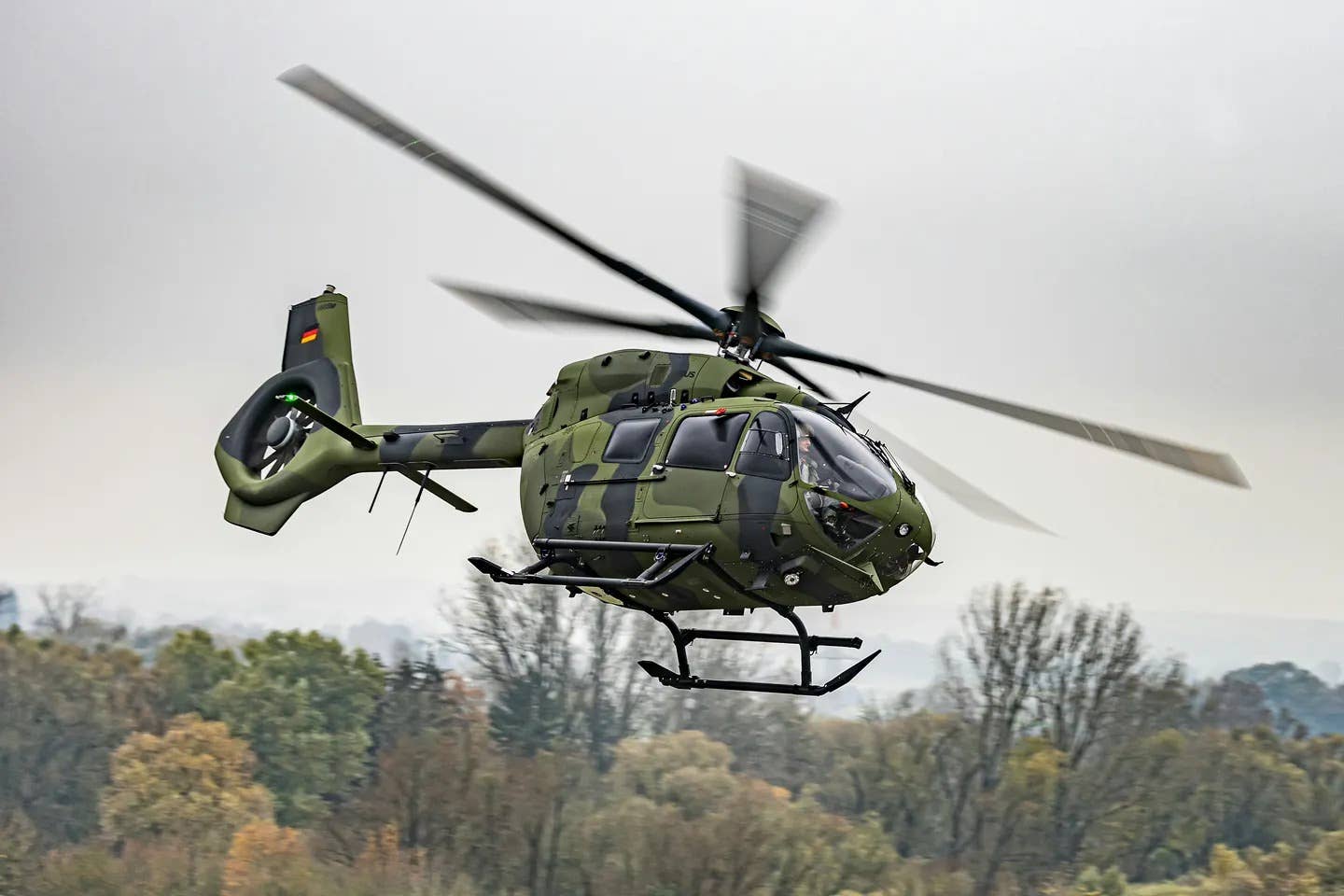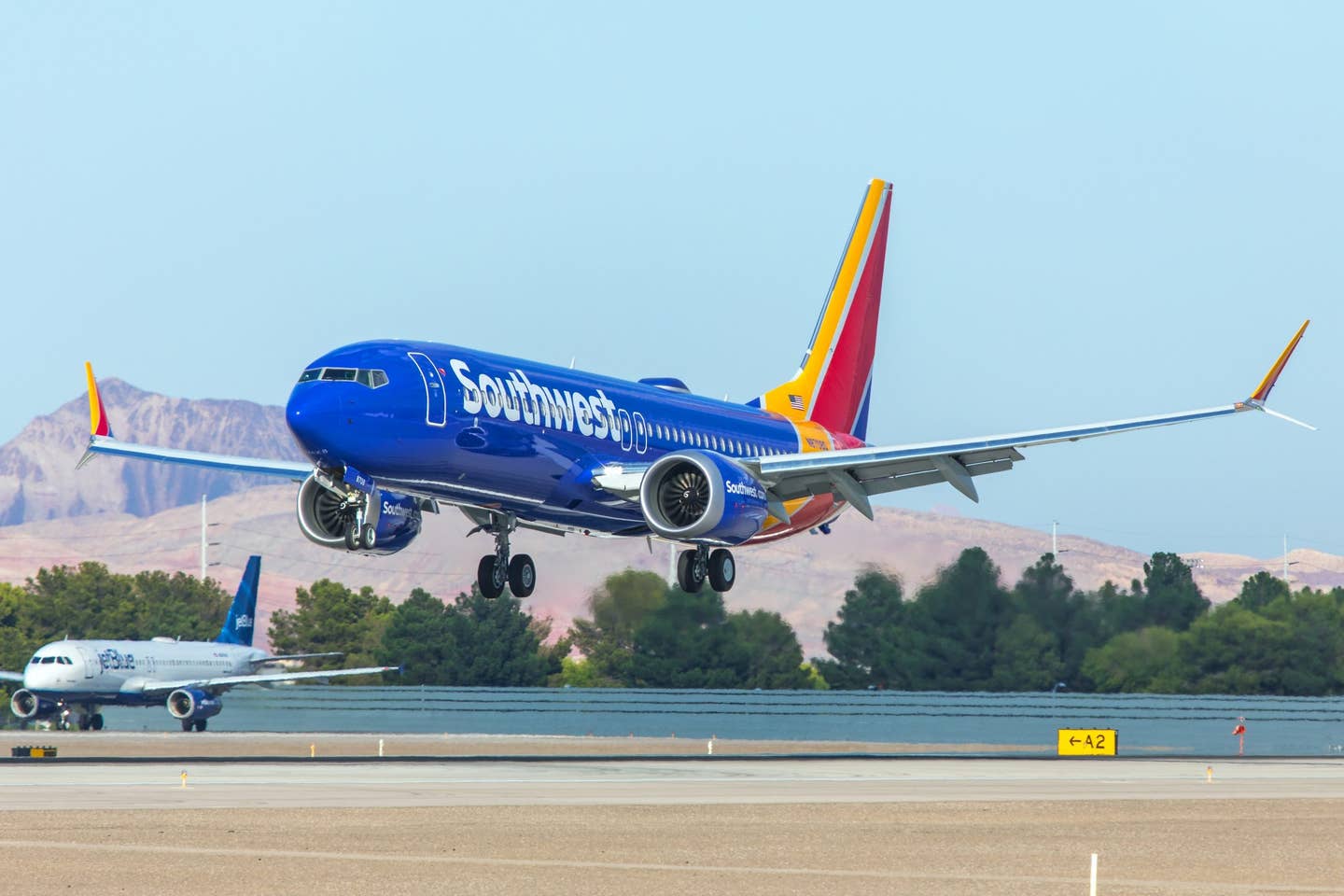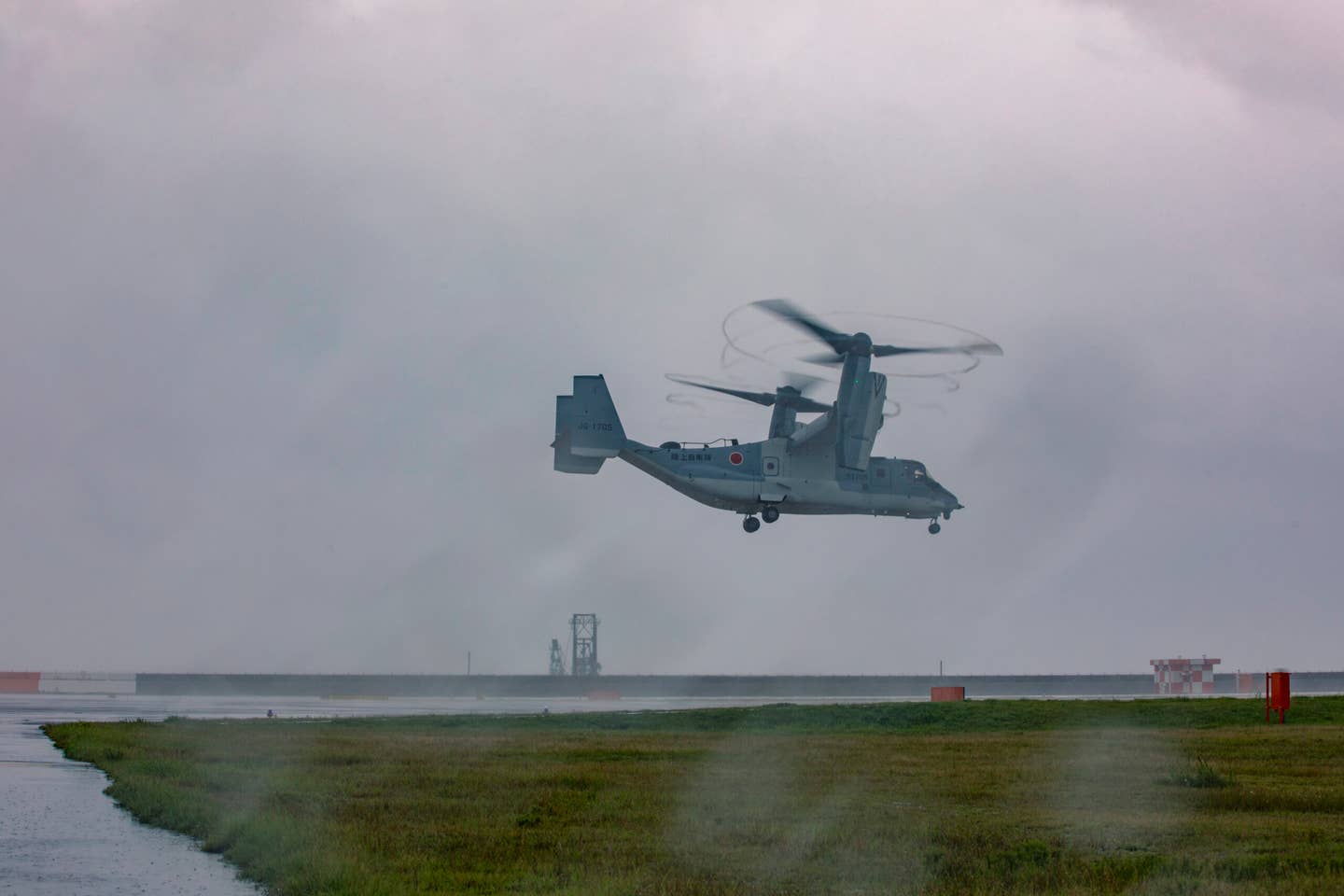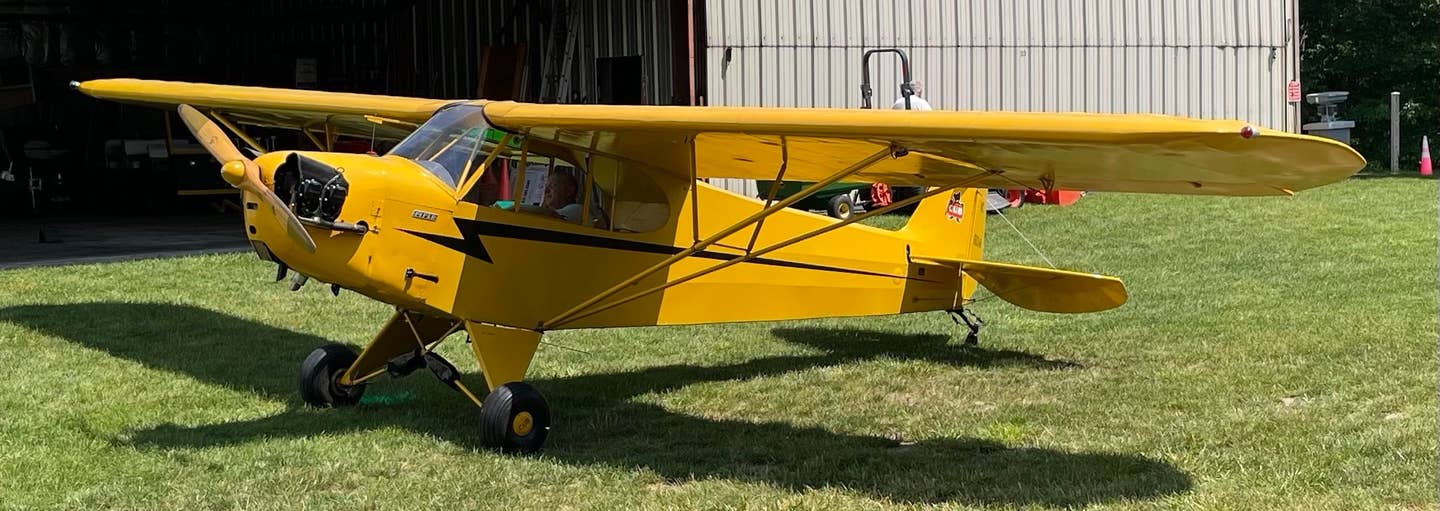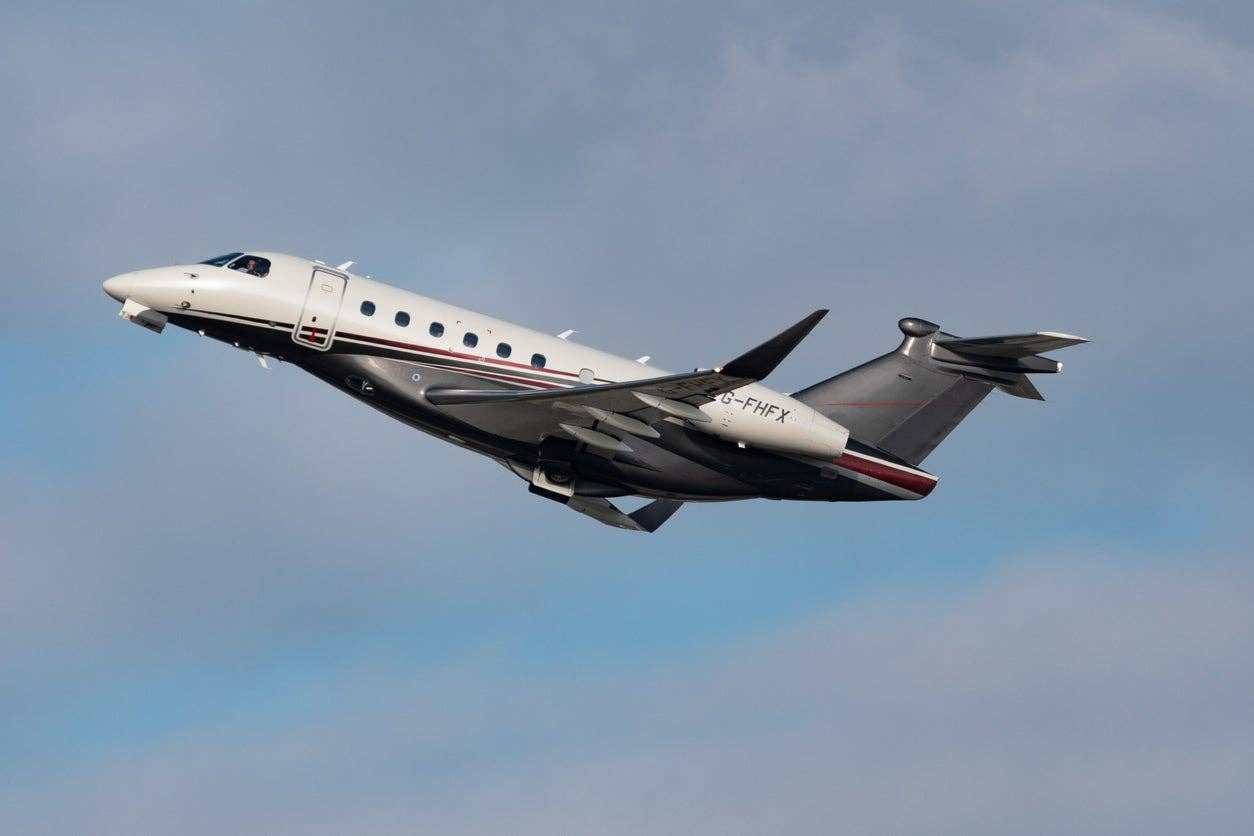
Hawker 200 Mark Phelps
After conversations with some 3,000 aircraft operators, Hawker Beechcraft Corporation decided that its next Beechcraft Premier model wouldn't be a Beechcraft after all. "The Premier II should be a Hawker," is the message HBC got from customers — and that's what it will be, the Hawker 200. Shawn Vick, HBC Executive Vice President delivered the news of the rebranding on Monday afternoon under the company's expansive NBAA Convention display tent at DeKalb Peachtree Airport in Atlanta. Upgrades to the newest adopted sibling in the Hawker line include an upgrade to Williams FJ44-33AP turbofans, increased maximum gross weight, new composite winglets (the Premier/Hawker 200 has a composite fuselage, but metal wings), tail strakes for improved slow-speed performance. Priced at $7.55 million, the Hawker 200 is expected to enter service in 2012.
Vick also announced that HBC is replacing the King Air 200GT with a new model designation, the King Air 250. It will have improved performance from new composite technology, including the winglets, propellers and engine induction area. Its takeoff distance at maximum takeoff weight under standard conditions at sea level will be 2,111 feet — and 3,099 feet at an airport 5,000 feet above sea level on a 25-degree Centigrade day. Vick said the improvements will open up an additional 1,100 airports in North America for King Air 250 operators. It is expected to be ready for first deliveries in the second quarter of next year.
Before Vick spoke at the meeting in Atlanta, HBC President Bill Boisture talked about the company's financial status. A few days before, the union had voted against a new contract that would have decreased pay by 10 percent and made employees responsible for more of their health insurance costs. Boisture said he was "disappointed" by the vote, but not discouraged. HBC has explored moving much of its manufacturing operations from Wichita to Baton Rouge, Louisiana where that state has offered $400 million in incentives. Boisture discussed the company's military aircraft programs, and said that 50 percent of company revenues come from special missions aircraft, trainers (the Texan II turboprop trainer), attack aircraft (attack versions of the Texan II) and global customer support. Only half comes from general aviation business.

Sign-up for newsletters & special offers!
Get the latest FLYING stories & special offers delivered directly to your inbox

